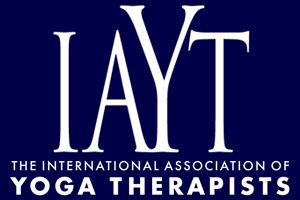Influence of Hatha Yoga on Physical Activity Constraints, Physical Fitness, and Body Image of Breast Cancer Survivors: A Pilot Study
Breast cancer survivors often experience changes in their perception of their bodies following surgical treatment. These changes in body image may increase self-consciousness and perceptions of physical activity constraints and reduce participation in physical activity. While the number of studies examining different types of yoga targeting women with breast cancer has increased, studies thus far have not studied the influence that Hatha yoga has on body image and physical activity constraints. The objective of this study was to explore the changes that occur in breast cancer survivors in terms of body image, perceived constraints, and physical fitness following an 8-week Hatha yoga intervention. This study used a nonrandomized two-group pilot study, comparing an 8-week Hatha yoga intervention with a light exercise group, both designed for women who were at least nine months post-treatment for breast cancer. Both quantitative and qualitative data were collected in the areas of body image, physical activity constraints,and physical fitness. Findings indicated that quantitatively, yoga participants experienced reductions in physical activity constraints and improvements in lower- and upper-body strength and flexibility, while control participants experienced improvements in abdominal strength and lower-body strength. Qualitative findings support changes in body image, physical activity constraints, and physical fitness for the participants in the yoga group. In conclusion,Hatha yoga may reduce constraints to physical activity and improve fitness in breast cancer survivors. More research is needed to explore the relationship between Hatha yoga and improvements in body image.
